Scanning Around With Gene: Books That Fit in a Purse

When I was growing up, one of the staples of the supermarket checkout line was a rack of tiny books that sold for 10 to 25 cents each. With titles like Hair Do’s and Hair Don’ts, these books were mostly targeted at women and covered a variety of topics, from dieting and fitness to puzzles and helpful kitchen tips.
Today’s images are all from a line of such books published by Dell, from 1965 to 1970. There were a number of publishers of these small booklets, but Dell was the king and its line was aptly titled “Purse Books.” Click on any image for a larger version.

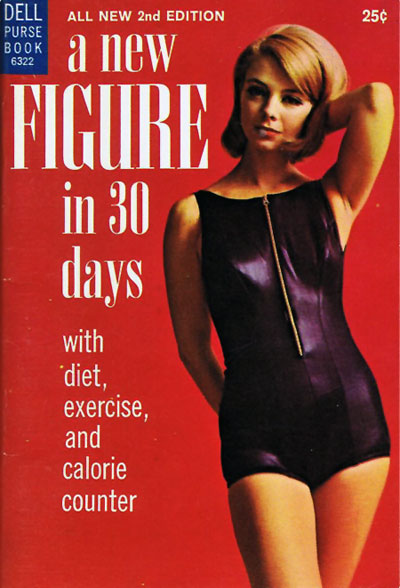
Before Purse Books, there were Pocket Books, a popular line of paperback editions from Penguin (later Simon and Schuster). Making books portable and cheap is nothing new; the first small, mass-market paperback editions began appearing in the 1930s.


Dell published pulp fiction paperbacks, magazines, and comic books before the company took on the purse market. As a point-of-purchase item, these books were perfect—great spontaneous buys that took up little room and provided a better profit margin than, say, candy bars, which cost around a nickel.

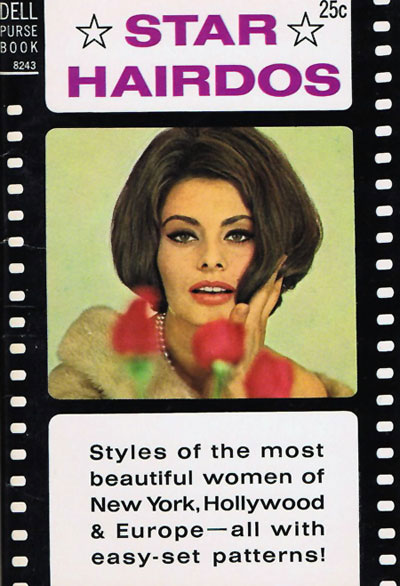

You can still find specialized publications at the checkout counter, but I haven’t seen this particular format in quite a while. Most of these “books” are 50- to 60 pages and are really more like pamphlets.

I vividly remember one purse book that my parents had: The Drinking Man’s Diet, which somehow tied large amounts of alcohol consumption to weight loss. I can attest that The Drinking Man’s Diet didn’t work very well, at least not in my parents’ case.

Many of the Dell titles had to do with supposed “women’s issues,” such as hairstyles, figures, and dieting. Today I suspect that subject matter would be slightly less gender-specific. The books I do see at the checkout counter these days all seem to be about Sudoku or crossword puzzles.
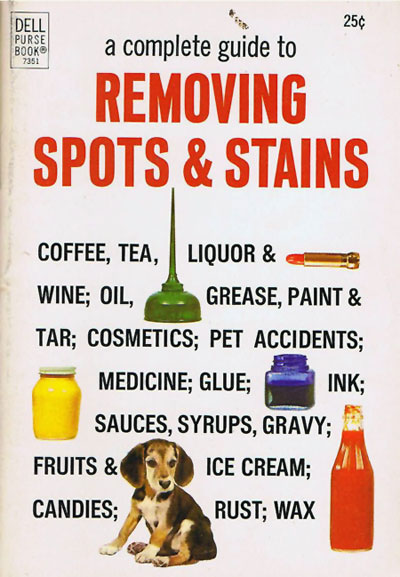
At 50 pages, these titles were a light read, and I don’t imagine many of them ended up in women’s purses, at least not for long. But I suppose if you’re counting calories, it makes sense to have a guide with you no matter where you end up eating.

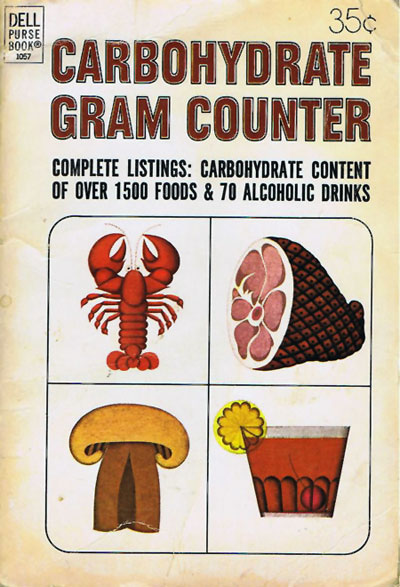
Many of these titles were either authored or endorsed by medical doctors, which back then carried a bit of authority. Even today, we like to think that doctors wouldn’t steer us wrong.


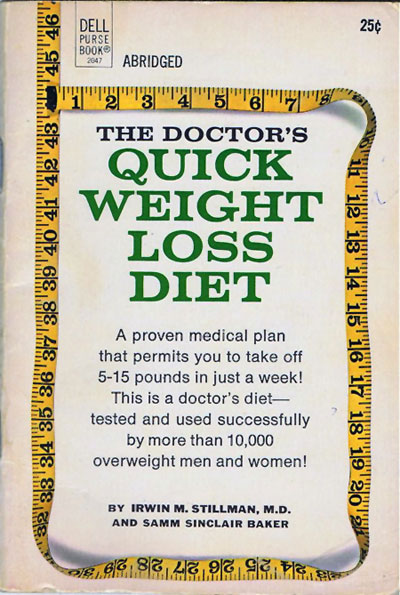
Having been involved in the publishing industry for most of my career, I’ve seen a lot of changes. But change has been happening for a long time, way before rapid technological developments entered the picture. Purse books are just another example of a publishing product that enjoyed a brief period of popularity but ultimately didn’t survive. There’s always a new format in the wings.
Follow Gene on Twitter: https://twitter.com/SAWG
This article was last modified on March 2, 2021
This article was first published on April 8, 2011



